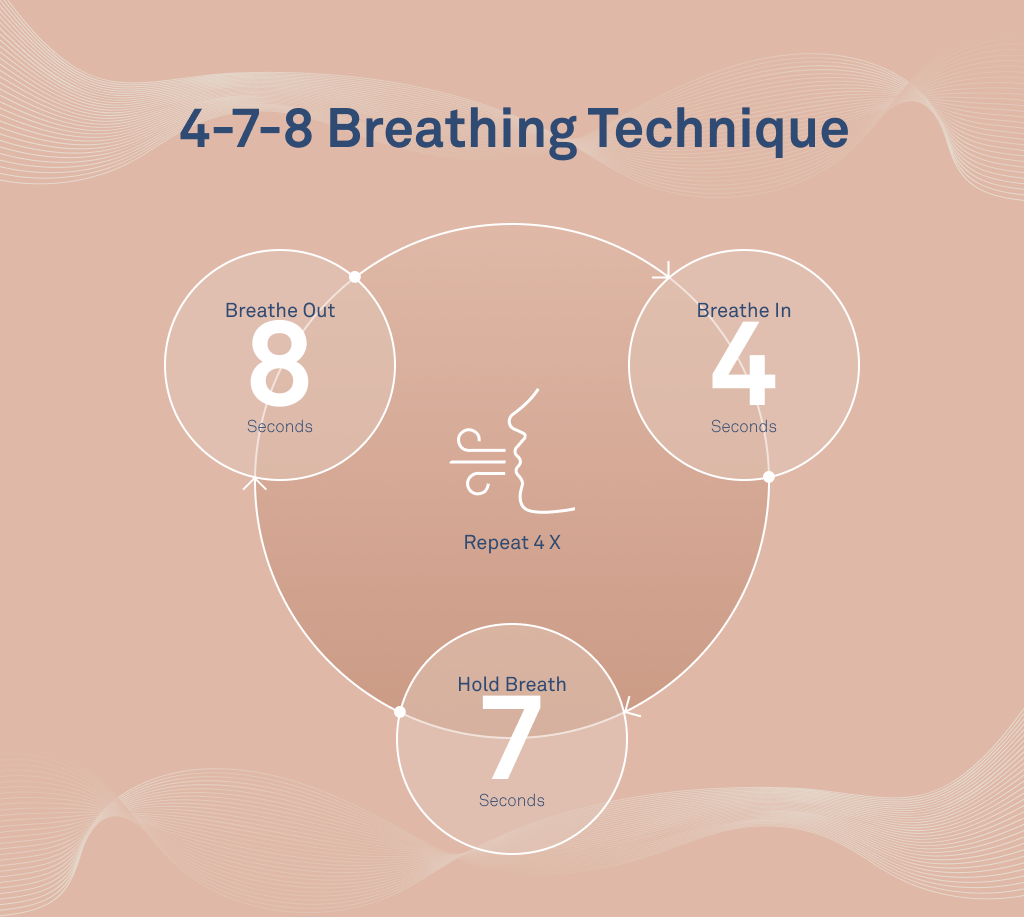Emotional self-regulation skills: Master yourself in every situation
Date: 2025.09.08
1. Emotional self-regulation skills: Master yourself in every situation
Have you ever felt “controlled” by your emotions instead of mastering them? Moments when anger made you say things you regret, or when anxiety drained your focus at work? That’s when emotional self-regulation skills become essential—one of the most important abilities for a successful and fulfilling life.
This skill isn’t about suppressing or erasing emotions. It’s the ability to recognize, understand, and intelligently manage them, allowing you to respond appropriately instead of being dominated by emotional impulses.
2. Why emotional regulation matters
In modern life, pressures from work, family, and society are constant. Those who manage emotions well tend to have:
– Better relationships: Fewer conflicts, more effective communication under stress.
– Higher work performance: Emotions don’t disrupt focus or decision-making.
– Better mental health: Less stress and anxiety, with faster recovery from setbacks.
3. How emotions work
When faced with a situation, the brain processes information in rapid sequence:
a. Situation recognition (What’s happening?)
b. Meaning evaluation (How does this affect me?)
c. Emotional response (How do I feel?)
d. Action (What will I do?)
The challenge: this entire process occurs within seconds—often subconsciously—making reactions feel “automatic.”
4. Effective emotional regulation techniques
a. Emotion recognition and labeling technique
Identify your exact feeling instead of vague statements like “I feel bad.”
Example: “I’m disappointed because the project wasn’t approved” or “I’m anxious about tomorrow’s meeting.”
Tip: Pause for 10 seconds during strong emotions and ask: What am I feeling? Why?
b. Conscious breathing technique
When stressed or angry, your body reacts with rapid heartbeat and breathing. Controlled breathing sends “calm” signals to your brain.
A simple and effective technique is 4-7-8 breathing:
– Inhale for 4 seconds
– Hold breath for 7 seconds
– Exhale for 8 seconds
– Repeat 3-4 times
c. Cognitive reframing technique
Change how you interpret a situation to reduce negative emotions.
Example: Instead of “My boss criticized me because I’m incompetent,” think “My boss is giving feedback to help me improve.”
Real example: Serena Williams, the world’s number 1 tennis player, once shared that she learned to turn pressure from media and opponents into motivation. Instead of feeling anxious about negative comments, she reframed: “They pay attention to me because I’m important enough for them to talk about” (Source: Serena Williams’ Masterclass, 2021).

d. Acceptance and letting go technique
Not all emotions require “fixing.” Accepting sadness or disappointment can be healthier than forcing positivity—especially with loss or major life changes.
5. Building daily emotional regulation habits
Mindfulness practice
Mindfulness is a state of complete focus on the present without judgment.
Simple exercise: Spend 5 minutes each morning focusing on your breath, observing thoughts and emotions without judgment.
Emotional journaling
Recording emotions daily is an effective way to understand yourself better. This helps you recognize what usually makes you sad, angry, or worried – thereby learning to respond better in the future.
📒 Simple implementation method:
Each day, just write a few lines answering these questions:
– What happened? (Specific situation)
– How did I feel? (Happy, sad, worried…)
– How did I react? (Stayed silent, got angry, walked away…)
– How do I want to react next time? (More calmly, express emotions clearly, ask for help…)
Building a support network
Having good relationships plays an important role in emotional regulation. When facing difficulties, share with trusted friends, family, or professionals.
6. Applying skills in real-life situations
At work
Situation: Criticism from your boss in front of colleagues
How to handle:
– Recognize: “I feel embarrassed and angry.”
– Breathe to stay calm.
– Reframe: “This is a chance to improve.”
– Respond: “Thank you for your feedback. I’ll work on this.”
In family
Situation: Parents criticize personal choices (such as changing jobs or marrying late)
How to handle:
– Recognize: “I feel hurt and misunderstood.”
– Pause and breathe.
– Reframe: “They worry because they care.”
– Respond gently: “I’ve thought this through and believe it’s right for me. I hope you can trust my decision.”
Real example: Michelle Obama in her memoir “Becoming” shares how she handled moments of pressure while raising two daughters in the White House. She often took private time to process emotions before talking with her children, ensuring work pressure didn’t affect her role as a mother (Source: “Becoming” – Michelle Obama, 2018).
7. Common mistakes in emotional regulation and how to fix them
🔸 Eliminating negative emotions
Many people think they should avoid sad, angry, or worried feelings. However, negative emotions are not enemies – they help us identify problems and unmet needs.
👉 Fix: Instead, acknowledge them and ask what they signal. Ask yourself: “What is this emotion trying to tell me?”
🔸 Using avoidance methods
Watching movies, playing games, eating, browsing social media… can help you temporarily forget negative emotions, but doesn’t solve the underlying cause.
👉 Fix: Face emotions through healthy coping methods like journaling or mindfulness.
🔸 Expecting immediate results
Many people get discouraged when they don’t see progress after a few days. But emotional skills are like muscles – they need consistent training to develop.
👉 Fix: Emotional mastery takes consistent practice.
8. When to seek professional support
Although self-regulation skills are important, there are times when we need help from psychology professionals. Seek support if:
– Negative emotions persist for 2+ weeks and disrupt life.
– You have thoughts of self-harm.
– You rely on substances to cope.
– Relationships or work suffer due to emotional instability.
9. Conclusion
Emotional self-regulation isn’t innate—it’s trainable. The goal isn’t to erase negative emotions, but to live in harmony with them.
Start small: mindful breathing, journaling, reframing your perspective. Every small step brings you closer to a calmer, more resilient version of yourself.






